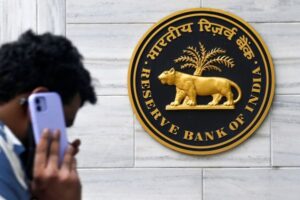The central, northwest and south-central regions in India are the new hotspots of intense heat waves in the country in the last 50 years.

The impact of heatwaves can be deadly, with severe consequences for human life, economy, agriculture, health, and infrastructure.
New research has found that the regions of central, northwest and south-central India are the new hotspots of intense heat waves in the country in the last 50 years. They also found that there has been an increase in severe heat waves in the country, in recent years.
The study was was published in the International Journal of Climatology. It discusses the link between Heat Waves (HW) and Severe Heat Waves (SHW) with mortality in India. It studied the alterations in spatial and temporal trends in HWs and SHWs between 1951 and 2016 for pre-monsoon (March-May) and early summer monsoon (June-July) season.
The research found a shift in the pattern of heat waves events, with more occurrences taking place in north-western, central, and south-central India and the highest being in West Madhya Pradesh. It also found a corresponding decreasing trend in the region of Gangetic plains of West Bengal.
According to a statement from the Ministry of Science and Technology, the study observed an alarming southward expansion and a spatial surge in severe HW events in recent years. This could result in a greater part of the population being put at additional risk of heat stress in areas that are already characterised by high humidity and low Diurnal temperature range (DTR) or the difference between the minimum and maximum temperatures within a day. It also found a positive correlation between mortality and HWs and SHWs in Odisha and Andhra Pradesh.
As per the statement, the research also emphasised developing effective heat action plans in the affected regions with the aim to focus on different vulnerabilities among the population, according to the Ministry of Science and Technology.
The study was conducted by a team of researchers led by Professor RK Mall. The team also included Nidhi Singh and Saumya Singh from the Department of Science & Technology, Government of India-Mahamana Centre of Excellence in Climate Change Research (MCECCR) at Banaras Hindu University.
The impact of heatwaves can be deadly, with severe consequences for human life, economy, agriculture, health, and infrastructure. The study also focused on preparing models for a heatwave resilient future. The models LMDZ4 and GFDL-ESM2M are believed to be the best-performing ones in the present scenario.
According to the Indian Meteorological Department, a heatwave is declared in the plains when the temperature is above 40 degrees Celsius and over 4.5 degrees above normal. For a severe heatwave considered, the temperature should be 6.5 degrees above normal.










